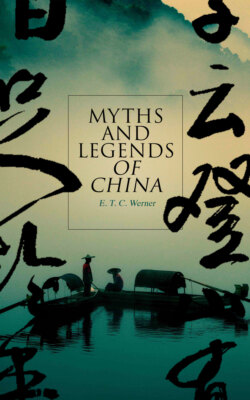Читать книгу Myths and Legends of China - E. T. C. Werner - Страница 34
На сайте Литреса книга снята с продажи.
Agriculture and Rearing of Livestock
ОглавлениеFrom the earliest times the greater portion of the available land was under cultivation. Except when the country has been devastated by war, the Chinese have devoted close attention to the cultivation of the soil continuously for forty centuries. Even the hills are terraced for extra growing-room. But poverty and governmental inaction caused much to lie idle. There were two annual crops in the north, and five in two years in the south. Perhaps two-thirds of the population cultivated the soil. The methods, however, remained primitive; but the great fertility of the soil and the great industry of the farmer, with generous but careful use of fertilizers, enabled the vast territory to support an enormous population. Rice, wheat, barley, buckwheat, maize, kaoliang, several millets, and oats were the chief grains cultivated. Beans, peas, oil-bearing seeds (sesame, rape, etc.), fibre-plants (hemp, ramie, jute, cotton, etc.), starch-roots (taros, yams, sweet potatoes, etc.), tobacco, indigo, tea, sugar, fruits, were among the more important crops produced. Fruit-growing, however, lacked scientific method. The rotation of crops was not a usual practice, but grafting, pruning, dwarfing, enlarging, selecting, and varying species were well understood. Vegetable-culture had reached a high state of perfection, the smallest patches of land being made to bring forth abundantly. This is the more creditable inasmuch as most small farmers could not afford to purchase expensive foreign machinery, which, in many cases, would be too large or complicated for their purposes.
The principal animals, birds, etc., reared were the pig, ass, horse, mule, cow, sheep, goat, buffalo, yak, fowl, duck, goose, pigeon, silkworm, and bee.
The Ministry of Agriculture and Commerce, the successor to the Board of Agriculture, Manufactures, and Commerce, instituted during recent years, is now adapting Western methods to the cultivation of the fertile soil of China, and even greater results than in the past may be expected in the future.
